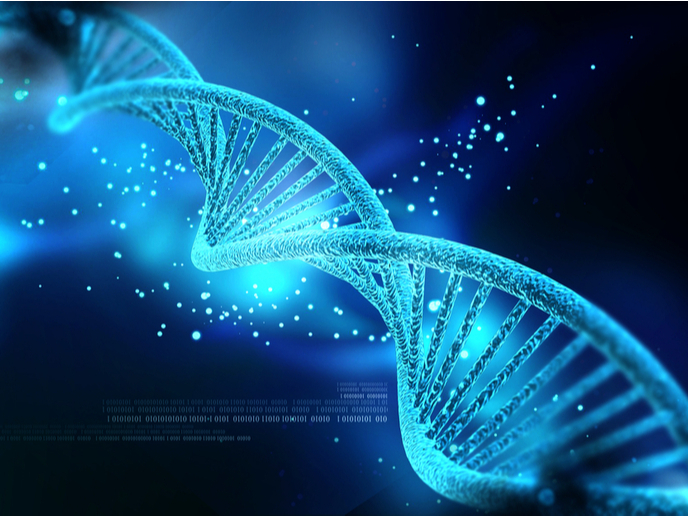DNA/RNA delivery in cancer and cardiovascular therapeutics takes a big leap forward
When reflecting on medical achievements, our minds often turn to new drugs and treatments. However, innovations in biomaterials, nanodevices and drug delivery processes are just as revolutionary as they set the scene for such advances. An exciting application of biomedical and technological innovation is DNA- and RNA-based therapeutics – a relatively new class of treatment that has rapidly moved from research curiosity to preclinical and clinical stages of development. The majority of DNA and RNA therapies use nanoparticles for delivery. These smart delivery systems can target specific parts of the body, offering more precise and thus effective treatment. The EU-funded NANO-SUPREMI project successfully developed new DNA-based nanosensors and nanocarriers that hold great promise for use in medicine. “The DNA-based nanoparticles have been designed to target the following proteins: NF-κB, TEAD, YAP/TAZ. These specific proteins have been recently found to constitute a crucial ‘meeting point’ for a number of intracellular signalling pathways. They are thus used as diagnostic markers for pathological conditions including cancer and cardiovascular diseases,” explains Francesca Cavalieri, NANO-SUPREMI coordinator. Project partner St. Anne's University Hospital in Brno headed by Giancarlo Forte, successfully inhibited breast cancer growth in vitro by blocking these proteins. They are now seeking to apply this nanotechnology to a patient’s prostate tumour cells.
Peering into the workings of therapeutic nanoparticles
To engineer new DNA- and RNA-based nanoparticles, researchers first designed a DNA sequence that can bind to certain proteins. To facilitate cellular uptake and intracellular signalling of the designed sequence, they wrapped the DNA sequence into a nanoparticle with specific chemical and structural properties. Advanced microscopy techniques enabled the team to assess the nanoparticle sizes and shapes, and track bioprocesses on the nanoscale– the cellular uptake, intracellular trafficking and targeted delivery of the nanomedicines – DNA-, small interfering (siRNA) and miRNA (microRNA) nanoparticles. “We discovered that our newly developed DNA nanoswitch serves as a dynamic probe for sensing and comparatively quantifying in real time the intracellular silencing of NF-κB, eliminating the need for reporter genes. This simple, rapid, functional sensing device is an interesting alternative to standard antibody-based staining techniques and multi-step and reagent-intensive reporter gene technologies,” explains Cavalieri. Researchers published their results in Nanoscale.
A multi-disciplinary collaboration across the world
Nanotechnology provides a 'toolkit' for advances in many areas of science and engineering. It is not a single field but an active collaboration between different disciplines to manipulate materials on the atomic and molecular level. When it is applied to medicine, the results are especially exciting, and can improve our lives considerably. NANO-SUPREMI provided the opportunity for early-stage and senior researchers to receive multi-disciplinary training in molecular biology, optics, biological imaging, nanobiomaterials and bioanalytical chemistry. Team members organised the transfer of knowledge through experimental training methods, a series of workshops and seminars amongst research and educational institutions located in Czech Republic, Italy, Australia, Brazil, Cuba and the Unites States.
Keywords
NANO-SUPREMI, DNA, RNA, nanoparticles, medicine, intracellular signalling, targeted delivery



